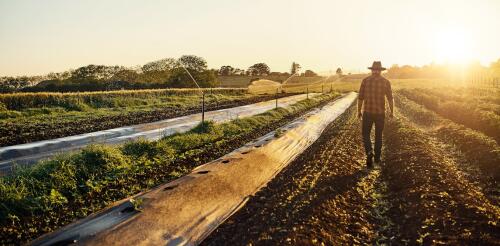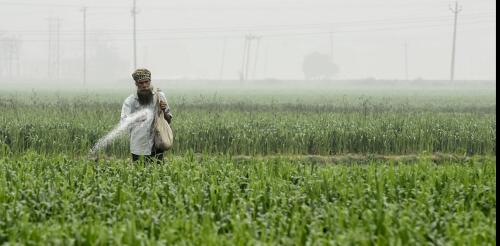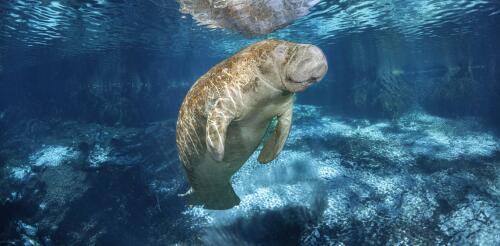Fertilizer
Food’s role in climate change has emerged as one of the defining challenges of our time. The journey of a steak, fruit or salad from the vast expanses of agricultural lands to the plates on our tables leaves a significant footprint on the environment. As earth, climate and atmospheric scientists, we track global greenhouse gas emissions and just published the most comprehensive assessment yet of a powerful greenhouse gas from food production: nitrous oxide, or N₂O. After carbon dioxide and methane, N₂O is the most consequential greenhouse gas humans are releasing into the atmosphere. While there is less N₂O than carbon dioxide in the atmosphere, it is 300 times more powerful at warming the planet, and it remains in the atmosphere, holding in heat, for over a century. Today, atmospheric N₂O levels are about 25% higher than before the Industrial Revolution, and they’re still rising at an accelerating rate....
Feeding a growing world population has been a serious concern for decades, but today there are new causes for alarm. Floods, heat waves and other weather extremes are making agriculture increasingly precarious, especially in the Global South. The war in Ukraine is also a factor. Russia is blockading Ukrainian grain exports, and fertilizer prices have surged because of trade sanctions on Russia, the world’s leading fertilizer exporter. Amid these challenges, some organizations are renewing calls for a second Green Revolution, echoing the introduction in the 1960s and 1970s of supposedly high-yielding varieties of wheat and rice into developing countries, along with synthetic fertilizers and pesticides. Those efforts centered on India and other Asian countries; today, advocates focus on sub-Saharan Africa, where the original Green Revolution regime never took hold. In this Oct. 25, 2000, episode of the television drama ‘The West Wing,’...
The gentle, slow-moving Florida manatee has no natural predators. And yet, these charismatic mammals face numerous threats. Manatees are struck by vessels in busy waterways across the state, and a majority bear scars from these collisions. Harmful algal blooms – characterized by the rapid growth of algae that degrades water quality – can impair their nervous systems. With less blubber, or fat, compared with other marine mammals like whales, dolphins, seals and sea lions, manatees are vulnerable to cold-stress syndrome during winter months. And they can ingest or get entangled in marine debris like derelict fishing gear and drown or be crushed by floodgate and water control structures. I am a doctoral candidate in marine biology at Florida International University’s Institute of Environment. Over the past 15 years, I have gained extensive experience working with marine mammals, particularly manatees. Recently, my colleagues at the United States Geologi...


